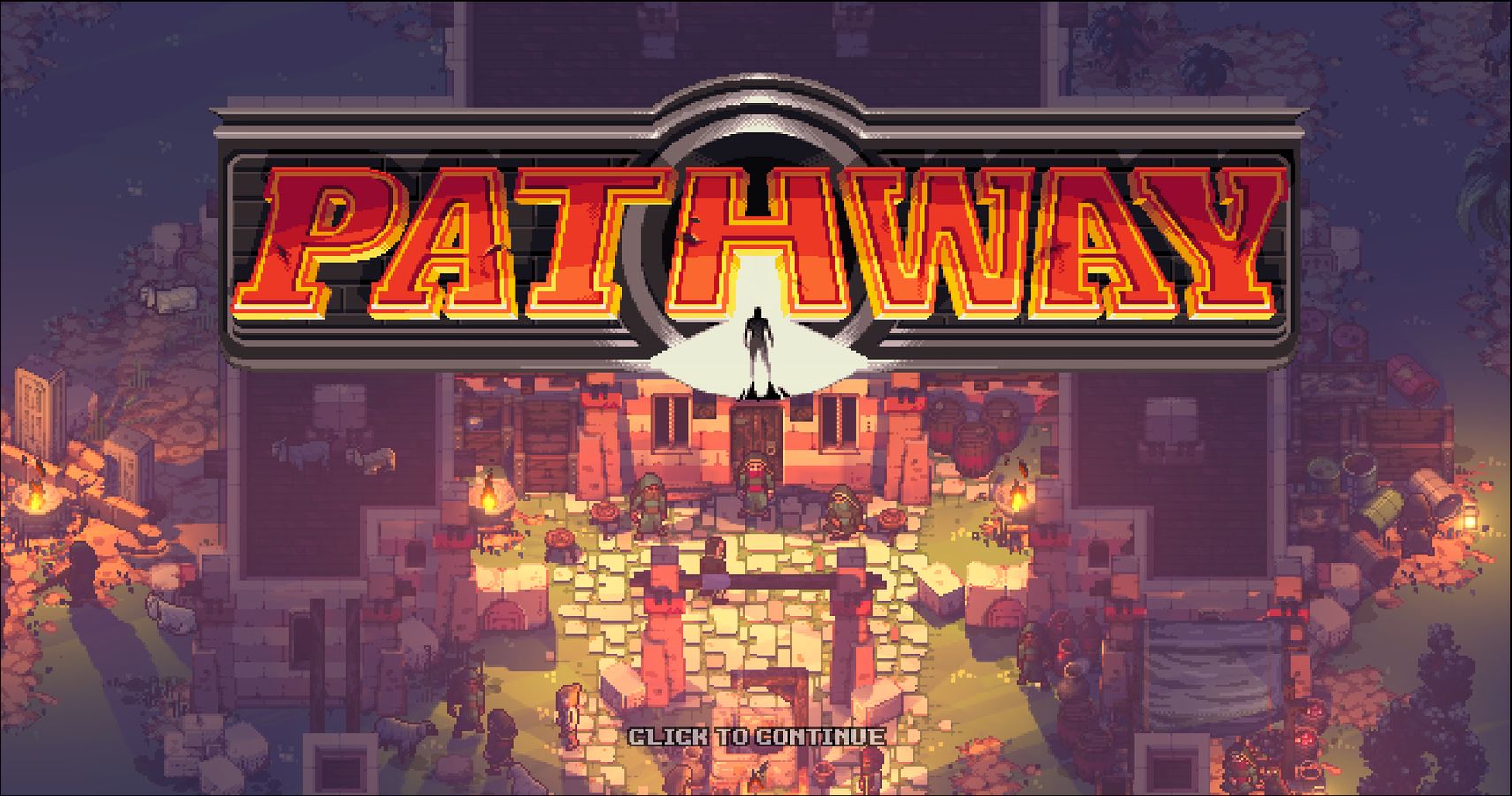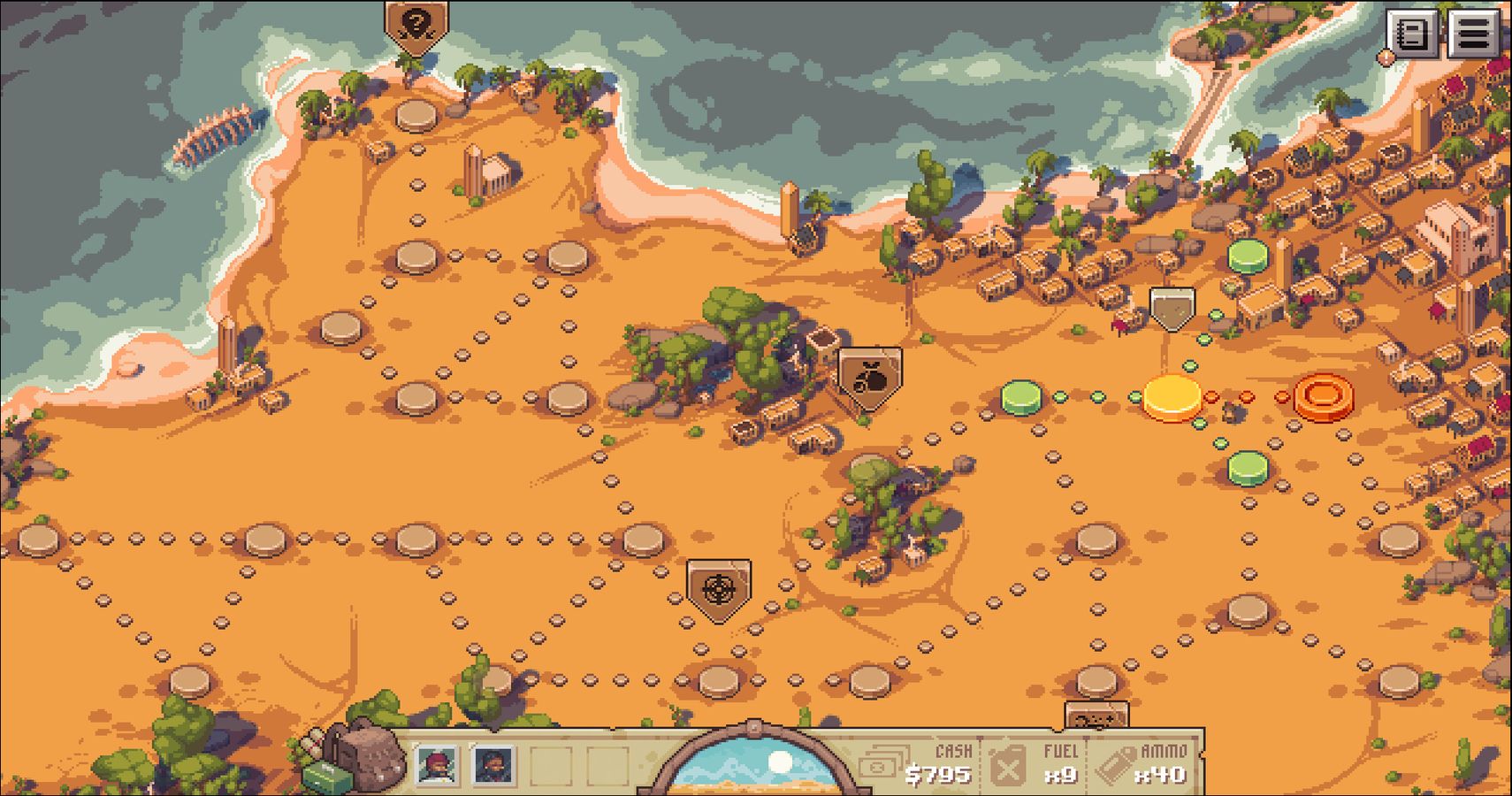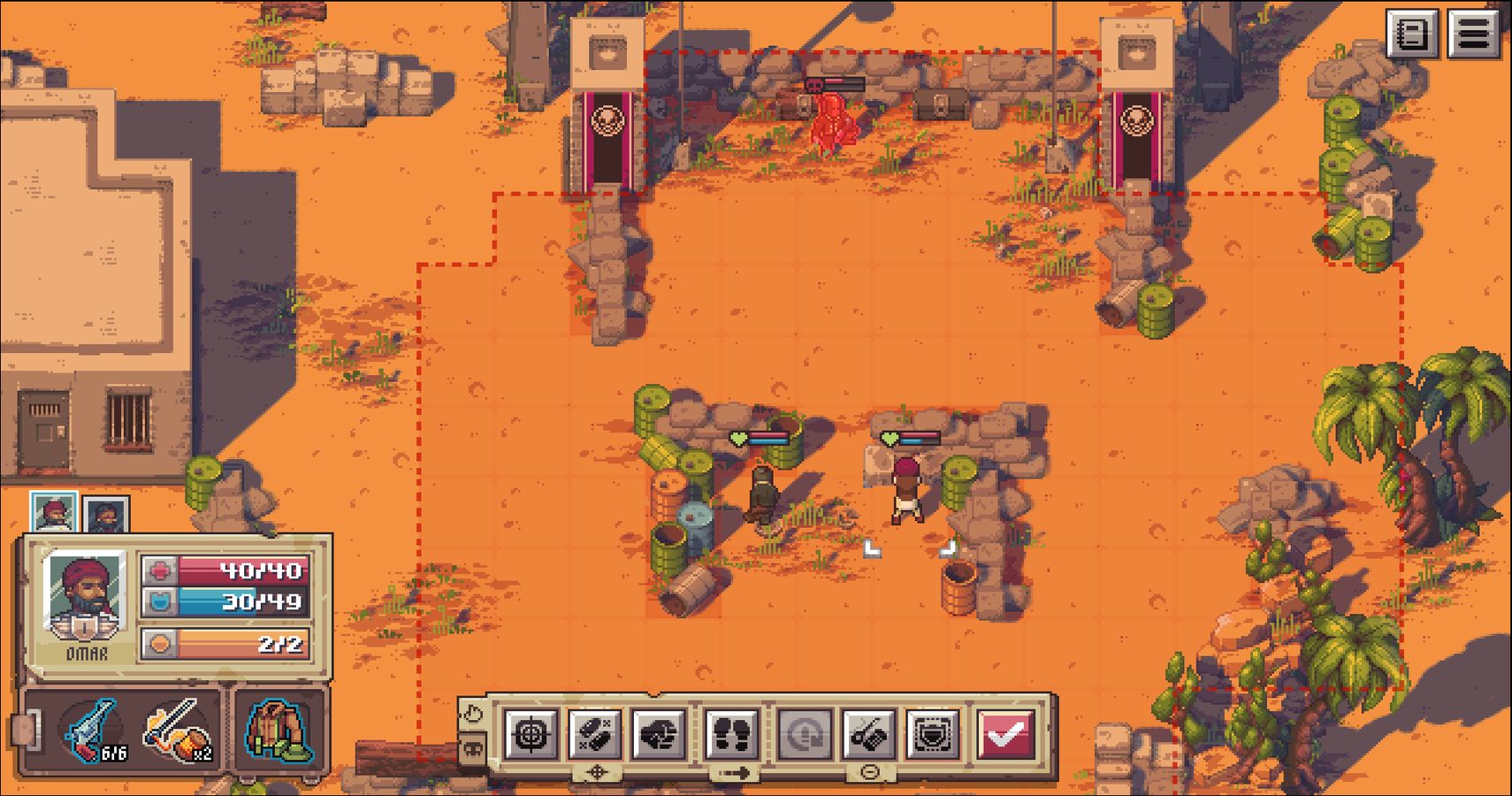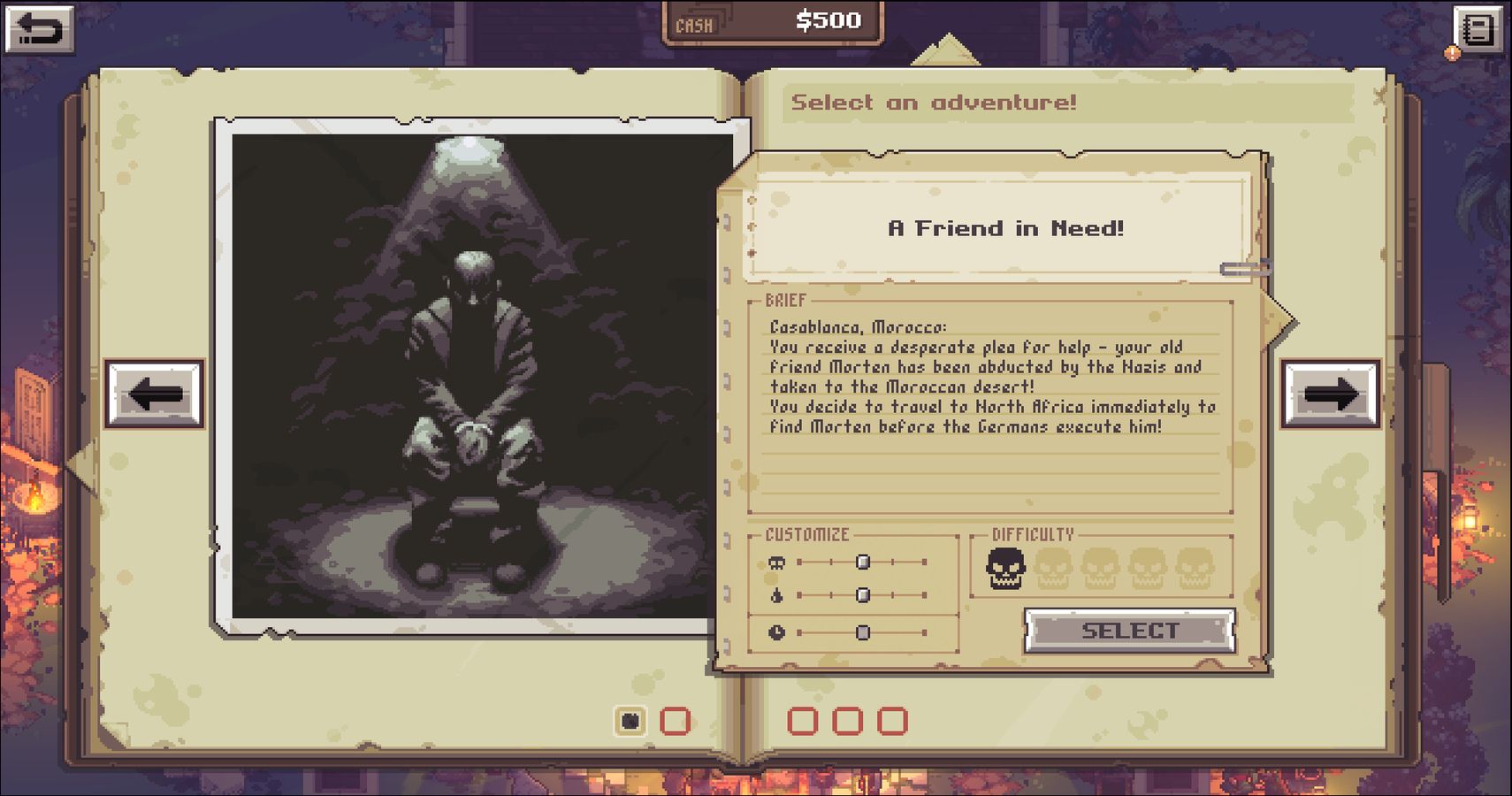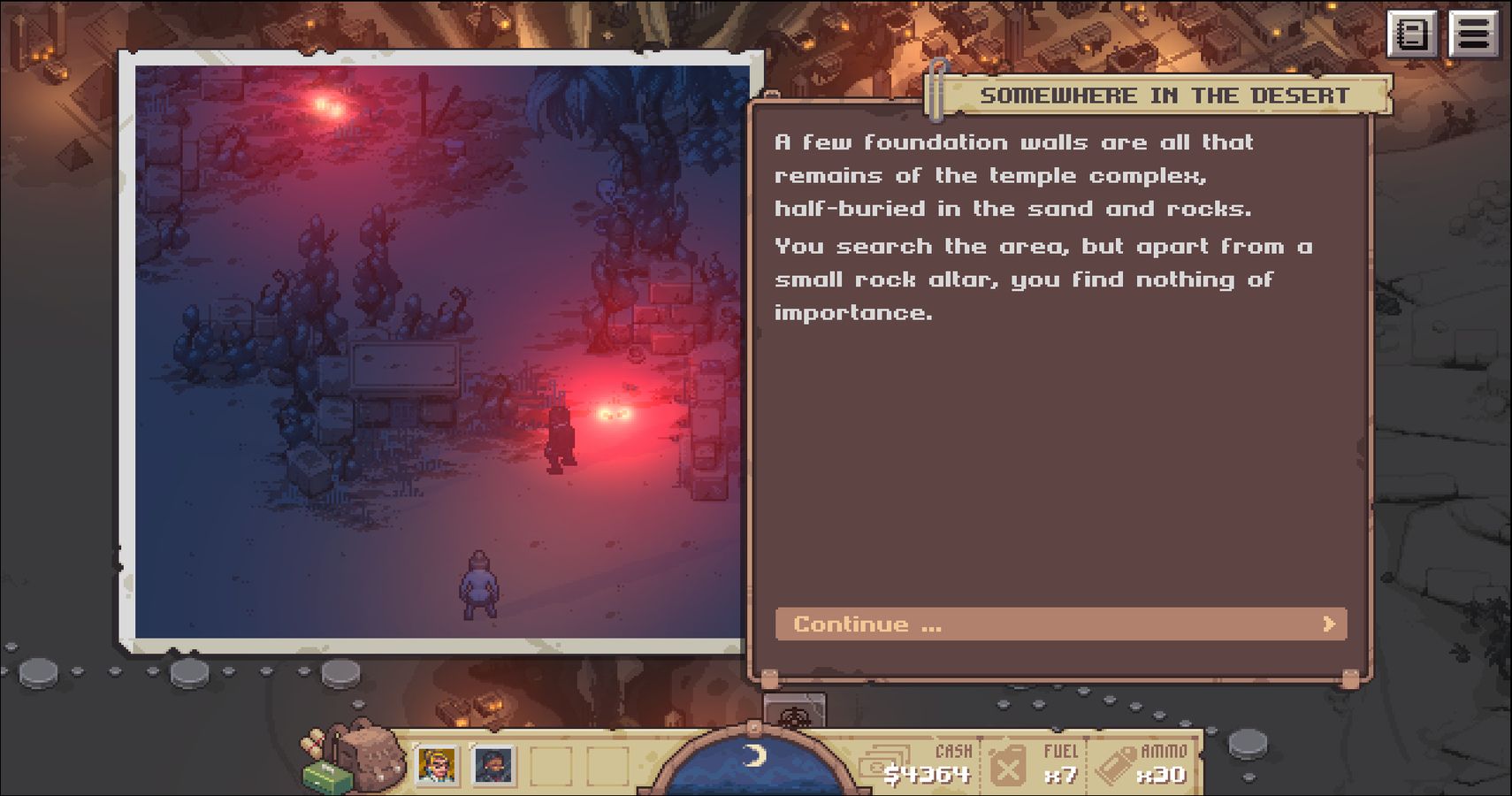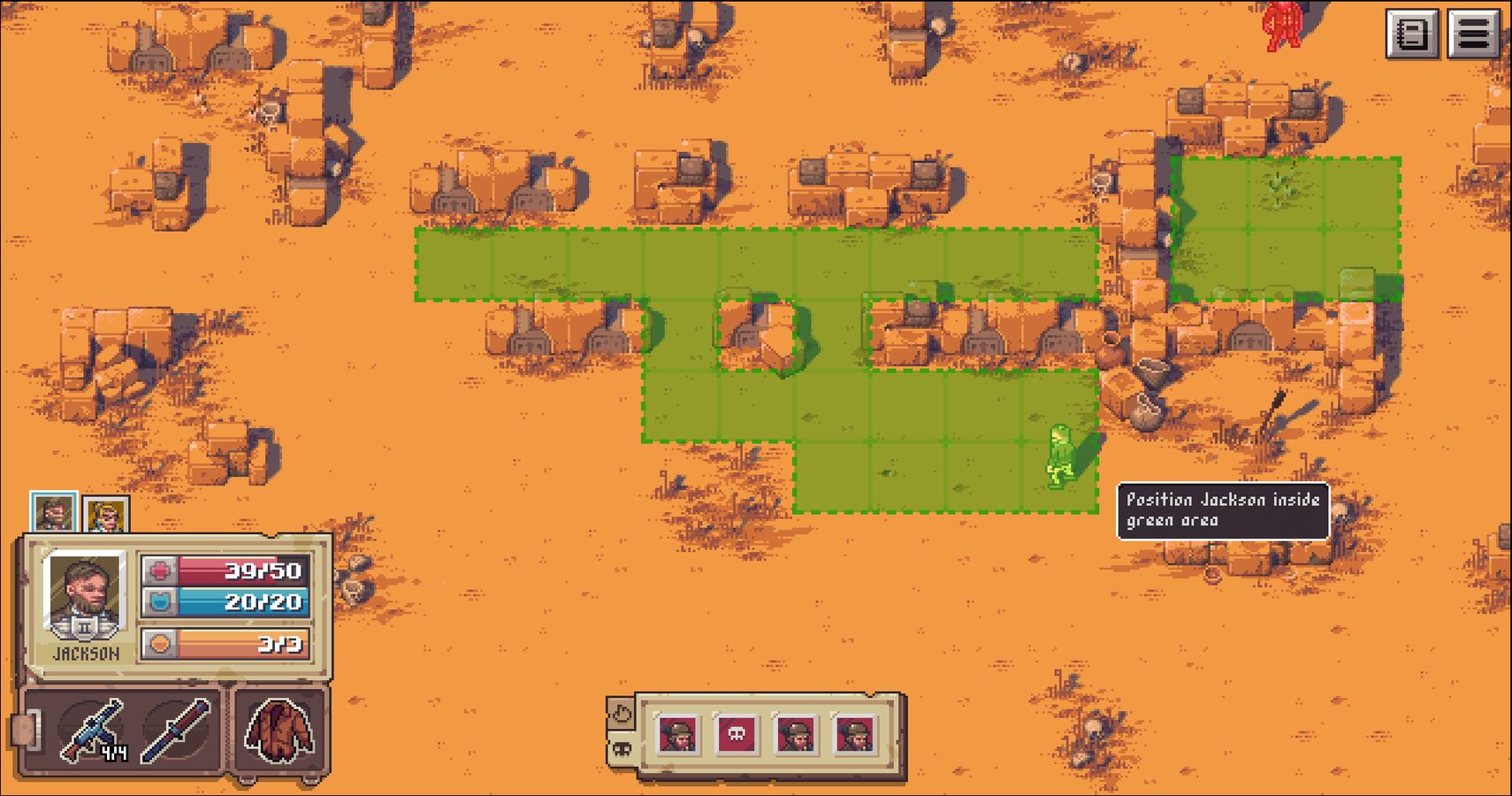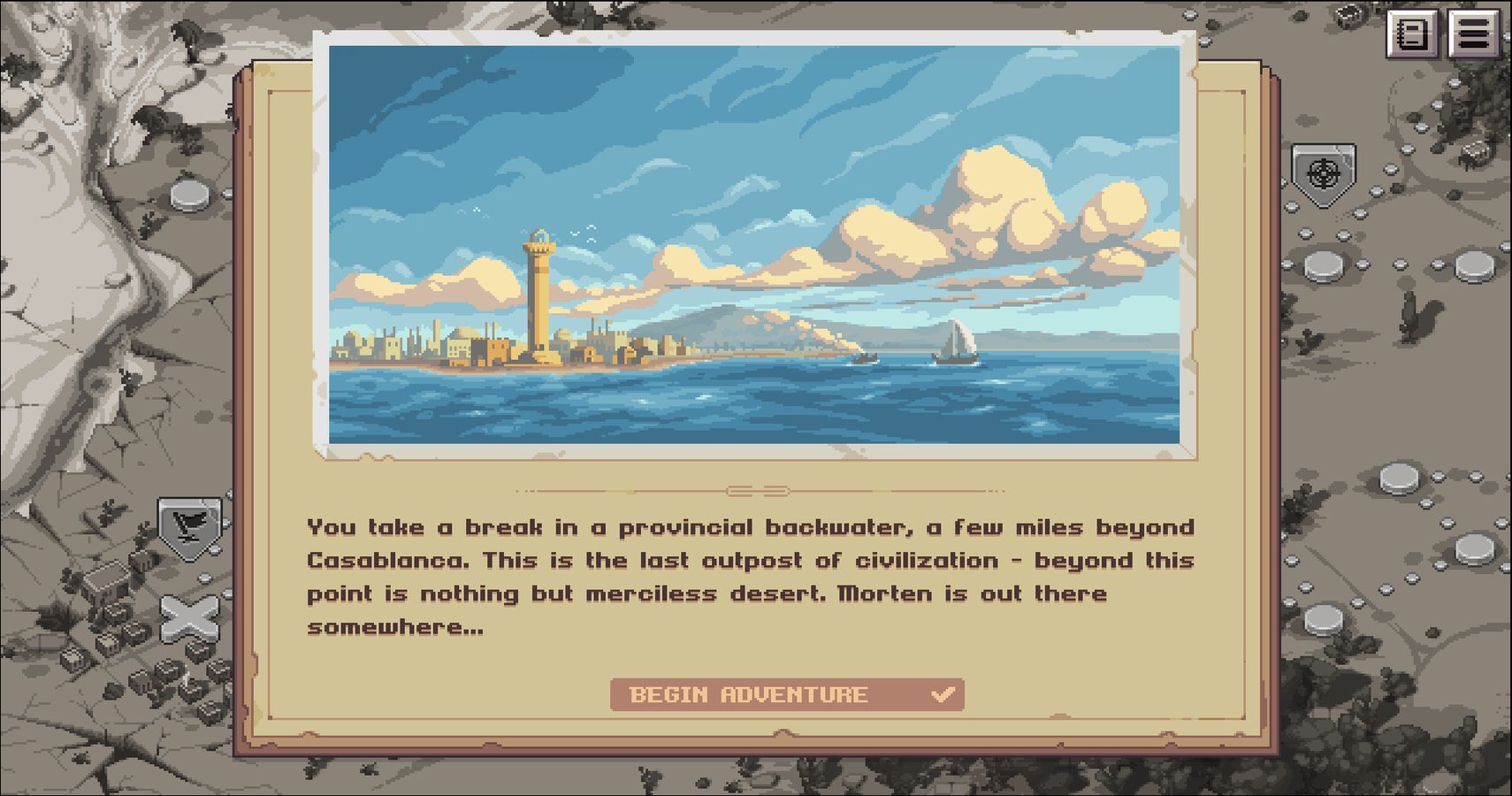Indiana Jones is a popular franchise because it focuses on the basics of what everyone wants in a movie: beating up Nazis and finding ancient artifacts that may or may not contain magic. What more could you want? Pathway attempts to distill the essence of the Indiana Jones series into a video game format, and tries its best to make you feel like a Nazi-shooting archaeologist.
In Pathway, you play as a team of two-to-four characters who go on expeditions to stop Nazis or evil cultists from unearthing some kind of powerful relic that could help them conquer the world. You have a variety of different characters to choose from, all with different skills, perks, and weaknesses. There’s a female scientist who’s a surprisingly good shot, an Arabian prince with a fear of zombies, the stereotypical Indiana Jones-esque adventurer, and so on.
Other characters can be unlocked later by accomplishing different goals, such as killing 100 Nazis, or completing an adventure with only female characters.
PREVIOUSLY: Final Fantasy VII For Switch Has A Bug That Might Break Your Game
The game is split between five different campaigns that each tell a different kind of Nazi-busting story. You travel around a map towards a goal at the end marked with an "X" (even though X never, ever marks the spot). The map in between the start and finish is filled with different points that sort of resemble a board game. On these points, you can experience random encounters. You may stumble across an ancient temple filled with treasure, or you may find some Nazis setting up camp and attempt to ambush them, or you may just stumble across a goat.
I stumbled across quite a few goats.
Pathway is primarily a tactics game, so if you’ve played any game in the modern XCOM series, then the combat mechanics should seem pretty familiar to you. You place your team on a grid and try to get them behind cover. You then get a turn where each of your characters can perform two actions. They could move and then attempt to shoot a Nazi, or throw a grenade and reload their gun, etc. Once all your characters have used their moves, the bad guys get their turn to try to shoot your head off.
Most non-combat encounters have “Gambles,” which essentially give you a 50-50 chance of something good happening, such as either scoring some loot or getting a useful perk, or something bad happening, like winding up in a battle or ending up with a status ailment. Some characters also have skills that can alter the event, like being able to intimidate someone into providing information, or using strength to brute force their way through a tough situation.
There’s also a bit of resource management in the game. You need ammo for your guns and fuel for your truck. Reloading your weapons is a big part of combat, and if you run out of ammo, your only option is to run up to enemy snipers and start throwing haymakers. The truck used to travel uses one unit of fuel for each point traveled to on the map, and once the truck is empty, you’ll have to make the trip on foot and take damage from walking in the hot, desert sun. You can also find treasure, which can be cashed in at the end of an adventure. That cash can then be used in the next campaign to buy items and recruit new team members.
The graphics have a pleasing, 16-bit pixel aesthetic, and feel like something right out of a SNES game. The colors are bright, and everything has an adorable cartoonish feel to it, which can make the occasional moments of gore or violence kind of surprising. At times, it would be pretty easy to mistake the game for an old Square RPG, like Secret Of Mana or Final Fantasy 6.
The sound design nails the pulpy 1930s feel that the game is going for. The music is bombastic, full of strings and horns, and makes you feel like you’re truly trudging out in the desert looking for magic artifacts and bad guys. There’s no real voice acting, except for a narrator who is doing a pretty great Harrison Ford impression. Interestingly, it’s more of an older Harrison Ford impression than a peak 1980s-era Harrison Ford, almost as if Dr. Jones himself was acting as some kind of mentor to you.
Pathway tries its best, but simply lacks the charm and personality of the Indiana Jones series that it draws inspiration from.
Although the sound design nails the Jonesy feel, the story itself doesn’t bring much to the table. It’s split into five campaigns, aka “Adventures,” and you only get small bits of story at the beginning and end of each one, complete with the aforementioned Ford impressionist reading out a summary of what happened. The stories themselves mostly boil down to the most bare-bones plot points of an Indiana Jones movie: The bad guys are looking for something evil, you chase after them, you find them just as they find the evil thing, the evil thing goes haywire, and you escape after all the bad guys are dead. Lather, rinse, and repeat.
The characters themselves don’t have much personality other than their base descriptions. You can see that Jackson is supposed to be the Indiana Jones analog, but other than having the “Daredevil” perk and saying, “kid,” a lot, there’s not much of an actual fleshed out character there. They’re all mostly just units with different skills and abilities, which is a shame. In a game trying to recreate the feeling of some truly fun and exciting films, the story in Pathway doesn’t do much to make you feel like an adventurer.
Furthermore, on some campaigns, the maps can be really huge, which can lead to a lot of encounters. This could be good, except it doesn’t seem like there’s a lot of unique encounters that can occur. Multiple times the events boiled down to fighting some Nazis, cultists, or zombies (because of course there would be zombies), finding some treasure or supplies, or stumbling across absolutely nothing.
I also ran into repeats of the same exact encounters only halfway through the second campaign. I saw the same event about chasing down in a Nazi truck, or wading through a pool of strangely colored water a couple of times. Considering the fact that the maps get bigger and bigger as you go through the campaigns, having the same exact events popping up turns the game into a repetitive and boring slog.
There are occasionally some bright spots when it comes to the random events, such as finding an ancient temple filled with traps, including the required giant rolling boulder. And not every event plays out the same way. There was a scenario where Nazis opened up a sarcophagus and were instantly killed by a flash of green light. You then got the option to look inside the sarcophagus for yourself. I got that event twice, and the first time I scored some supplies and rare treasure, while the second time my character, Miguel, wound up being blinded for the rest of the adventure. So, while there is potential for the events to turn out differently, getting the same ones over and over dulls the moments where something truly interesting happens.
The combat is fine, but too simplistic for any real strategy outside of getting to cover and then shoot, with the occasional bit of healing or reloading. There aren’t enough unique enemy types or character skills to shake up the gameplay either. Maybe some of the other characters that are unlockable bring something new to the game, but many of them require playing through the different campaigns several times to unlock the ability to play as them, and this game simply doesn’t warrant that many multiple playthroughs. It’s not terrible mind you, but it doesn’t do much to distinguish itself from other XCOM-lite games.
It's very important to note that if you don't like shooting dogs in video games, then this one might be a little hard for you to handle. Considering that these are supposed to be bloodthirsty Nazi murder hounds, their tails are a little too waggy, and their whimpers are a little too sad, making shooting them kind of upsetting, to be honest. So keep that in mind.
Overall, Pathway starts off as a pretty strong game, but eventually, you realize that there’s just not enough content to justify the amount of time it wants you to spend with it. You run into the same events and fight on the same maps until you reach the end of the map, getting a little chunk of story exposition from our friendly "old man" Ford surrogate. If there was more to do in combat, or more scenarios that led to interesting plot developments, than this could have been a truly interesting game.
It’s actually appropriate that I compared the game’s map to a board game earlier. Pathway would actually make for a far better tabletop experience than a video game. At least there, working together with other people around the table could turn the stale stories and repetitive encounters into a fun cooperative experience, like Betrayal At House On The Hill, or even XCOM: The Board Game.
Unfortunately, as a single player tactics game, Pathway quite simply doesn’t belong in a museum.
3 out of 5 stars
A copy of Pathway was purchased by TheGamer for review purposes. It is available now for PC.
Pathway
READ NEXT: The Internet Takes To Smash Ultimate Stage Builder Exactly As You'd Expect

